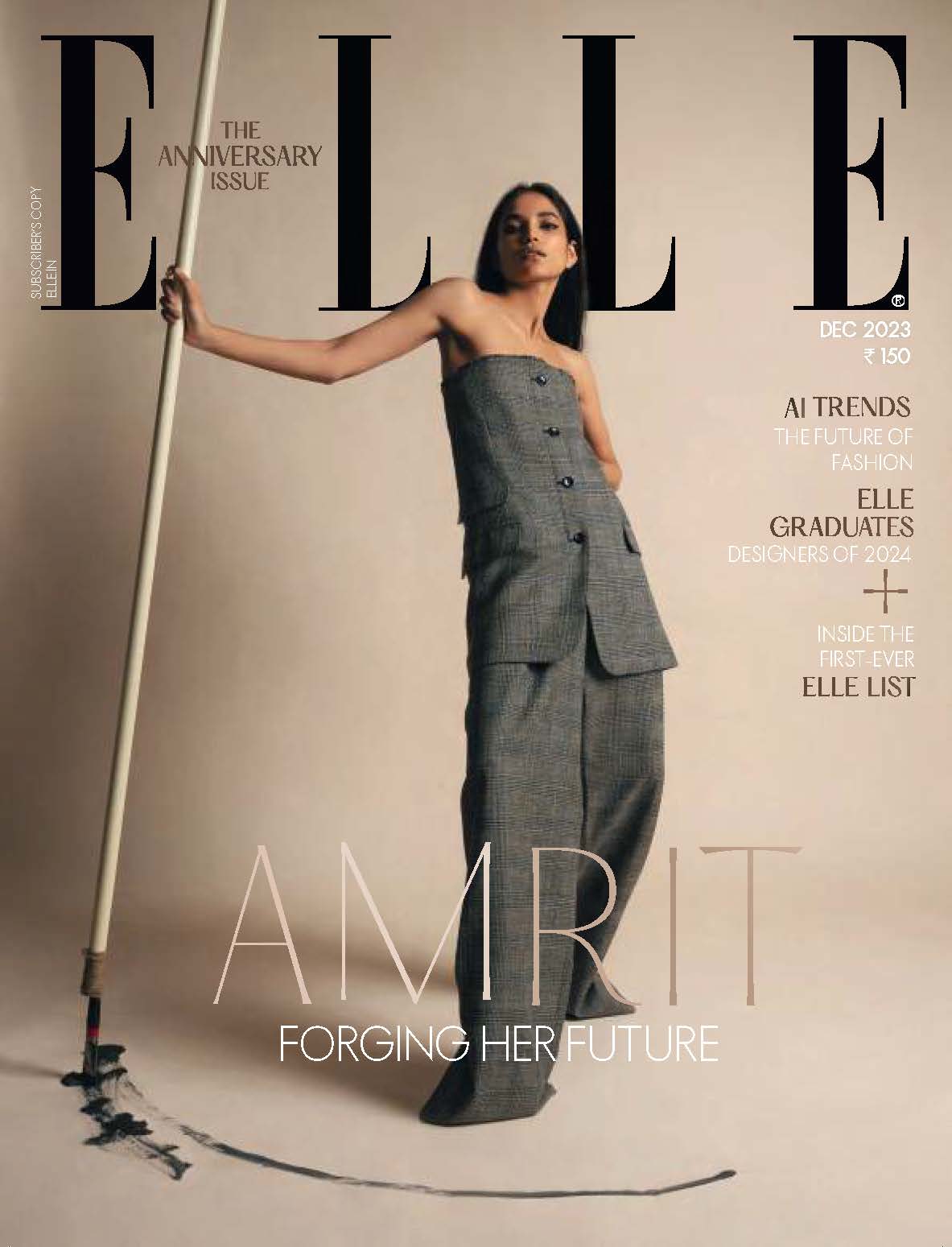I have no deeper connection to the Kalhath Institute in Lucknow, than the airline ticket that got me there, and yet I find myself frequently thinking about the distinguished Art Deco building from 1932, committed to the recognition, promotion and sustenance of craft excellence in India. This period edifice was restored and enlarged, to be able to fit the classes it would hold. In an age where putting the squeeze on artisans is not uncommon, it is gratifying to find a place that is working with those it identifies as exceptional in the community, at both the skill and human level.
For those who came in late, Kalhath is the brainchild of French-Italian founder and chairperson Maximiliano Modesti, a craft and fashion entrepreneur, based in both Paris and Mumbai, since the last 25 years. Max, as he’s known, has many laurels that he could be resting on: he’s the founder of Les Ateliers 2M, a design and production centre, which works with brands that chatter with prestige—Hermès, Christian Dior, Saint Laurent, and Isabel Marant, among others. But that’s clearly not enough. Part of his life’s mission is to give back. In 2016, he established the Lucknow Design Trust, a non-profit entity dedicated to the recognition of luxury craft excellence in India. It was out of this trust, that the Kalhath Institute was born in 2017. The training classes organised here aim to develop the all-round skills of artisans with potential. Think: a superlative zardozi craftsman, now being equipped with the tools of market knowledge, design trends, rights-education and the history of fashion.

Kala Mahal, a textile installation
Modesti shares, “Over the last 25 years of working in India, I was training my own employees, but I saw how stridently artisans in general were lacking an overall education. One day, I said to myself: this can’t be something we do just inside the company. We need to make this education accessible to a larger number of craftsmen to combat marginalisation, low wages, and their relatively insignificant negotiating power.” Design education and skill in the crafts need to be bedfellows, if the artisan is to be empowered, he believes.
Enter Dr Jaspal Kalra, design academician, social entrepreneur, and director of Kalhath, who oversees the institute’s daily operations. Kalra, who has long been working closely with craft clusters that promote co-design with artisans, says, there are two full-time courses at the moment that seek to further develop knowledge sharing between artisans and professional practitioners. The Craft Innovation & Entrepreneurship programme, for instance, is for zardozi and kamdani artisans. It covers everything from understanding raw material to layout, motif and design processes, and finding techniques for value addition. That the education is holistic and includes elements like morning yoga, communication skills and understanding your rights, gives heart to this path.
At the present moment, I encounter 14 male zardozi craftsmen participating in the course. Women, who for a variety of socio-historical reasons long specialised in the craft of chikankari, will be enrolled here by as early as March 2019. These women are usually the sisters and wives of the karigars who’ve been engaged with zardozi over generations. So, often, it’s an ancient family tradition.

T Venkanna’s art embroidered by student artisans
I speak to Tabassum Khan, a young woman karigar, who completed a craft design course in chikankari as part of the Sangraha design education project in 2015. This project, developed as part of Dr Kalra’s PhD research, now has been incorporated into the syllabus at Kalhath. Khan shares how the course empowered her growth as an artisan. “Before the course, I would just give the customer what I was told to. Now that I’ve learned to develop my own motifs, and now that I understand more about design, it gives me confidence to dialogue with the customer. It makes me feel no longer like a cog in a mechanism, but rather a participant at the start of a creative process.”
That the setting for the institute is Lucknow is also apt, for the city has always been at the heart of the Indian tradition of embroidery, including chikankari, zardozi, kamdani, darazdari for instance. The association Lucknow now has with the availability of cheap chikankari is a shame, for as Max tells me, one still runs into master embroiderers here, who would be considered national treasures elsewhere. These stars should be identified, given the space to produce fine work and be incentivised to mentor a new generation.
What makes the whole greater than the sum of its parts is that every detail has been attended to. This is not just education in a vacuum. Max elaborates with the passion that drives everything he does, “Once we identify excellent craftspeople, we invite them to attend the course for eight months. One cannot however ask them to simply suspend their livelihood and follow an educational programme. How will they sustain their family? Their life? So depending on how they perform in class, we offer incentives—a stipend, a scholarship of sorts.” So what happens to the newly re-skilled post the course? Max says emphatically, “Some go off and set up their own enterprise. Others apply to the assortment of agencies with whom we partner, who recognise the value of our training and ensure that the craftsman is valued in the right way.”

Modesti with student artisans
Dr Kalra adds, “As experts come in and share, new collaborations are born. By the time the craft residency ends, the co-creation of several interesting projects would have had the space it needs to flourish.”
I leave Kalhath enthused by its human centered approach reinforced in its belief that to make craft-in-India a more sustainable choice of livelihood is a matter of concern, innovation and optimism.
[Gallery id=”1690″]
Photographs: Prarthna Singh
Art direction: Mrudul Pathak Kundu


